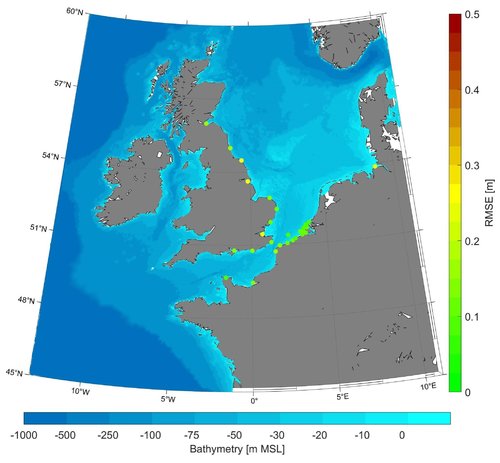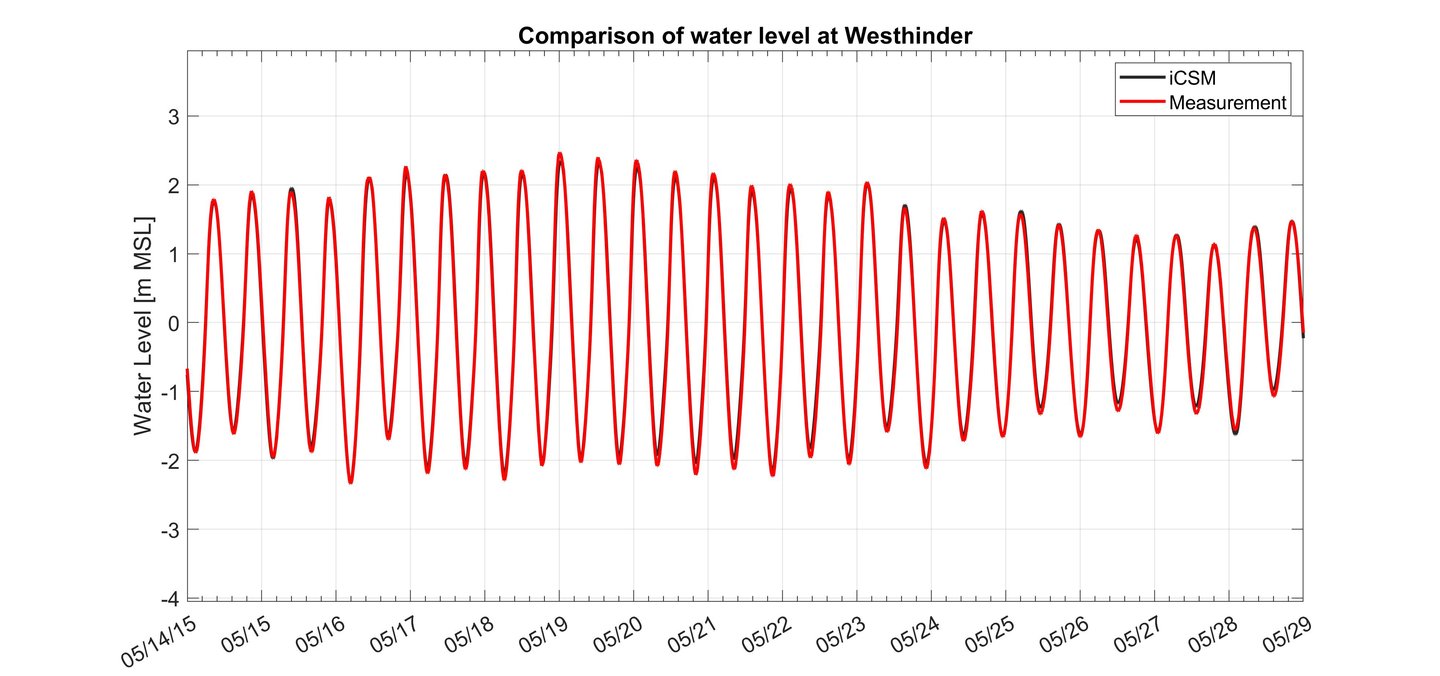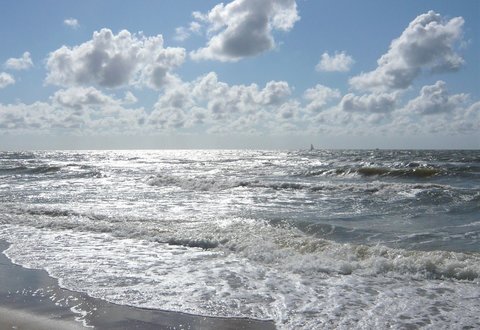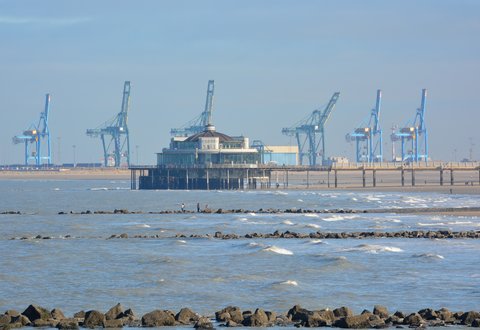
IMDC’s Continental Shelf Model (iCSM)
The iCSM model is a TELEMAC-2D barotropic tidal-surge model developed at IMDC. The model includes the North Sea, the Irish Sea, the Celtic Sea and the Bay of Biscay. The model mesh consists of 150,000 computation nodes, running within 2 hours for 1 year simulation with 48 cores which is highly efficient.

The model is recently updated with EMODNET 2018 bathymetry (~115 × 115 meters) and running with ERA5 hourly data of space- and time-varying wind (at 10-meter height) and air pressure at MSL. At open boundaries, the model is forced by both harmonic tide (TPXO9.v1) and surges due to variations of atmospheric pressure (inverse barometer correction) and ocean water density changes (steric sea level correction). Besides, the pronounced internal tide dissipation occurring in Bay of Biscay is successfully simulated in the model, together with the impact of self-attraction and loading.
The model is automatically calibrated on spatially varying bottom friction on the platform SALOME – Hydro with three-dimensional variational assimilation (3D-Var). The model shows reliable ability to precisely reproduce the hydrodynamics in the North Sea. The averaged Root-Mean-Square Error (RMSE) of water level has been reduced to 12.4 cm and the discrepancy of M2 tidal amplitude is 2.8 cm.
iCSM is a powerful tool for both hindcasting and forecasting of hydrodynamics in the North Sea. The model can also be used to generate boundary conditions for more refined project-specific models, which can be adjusted according to the clients’ requirements. The more refined models allow detailed assessment of local hydrodynamics, sediment transport and medium to long term morphological changes.
The iCSM model has also been used to generate our North Sea metocean database.
Below figures present the RMSE of water level at the North Sea and time series of water level and velocity.


Data
- Client: Internal Project
- Start date: March 2020
- Completion date: August 2021


